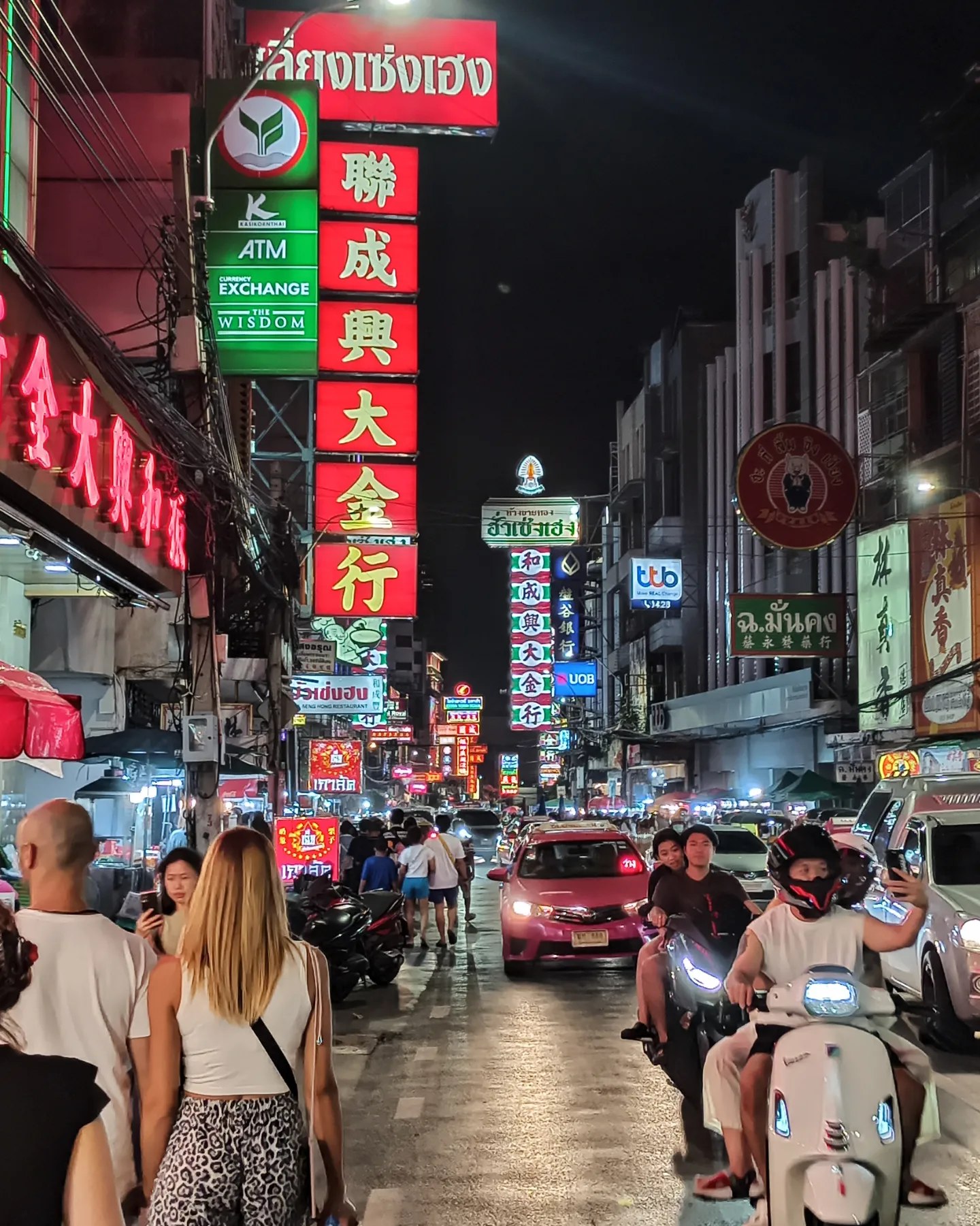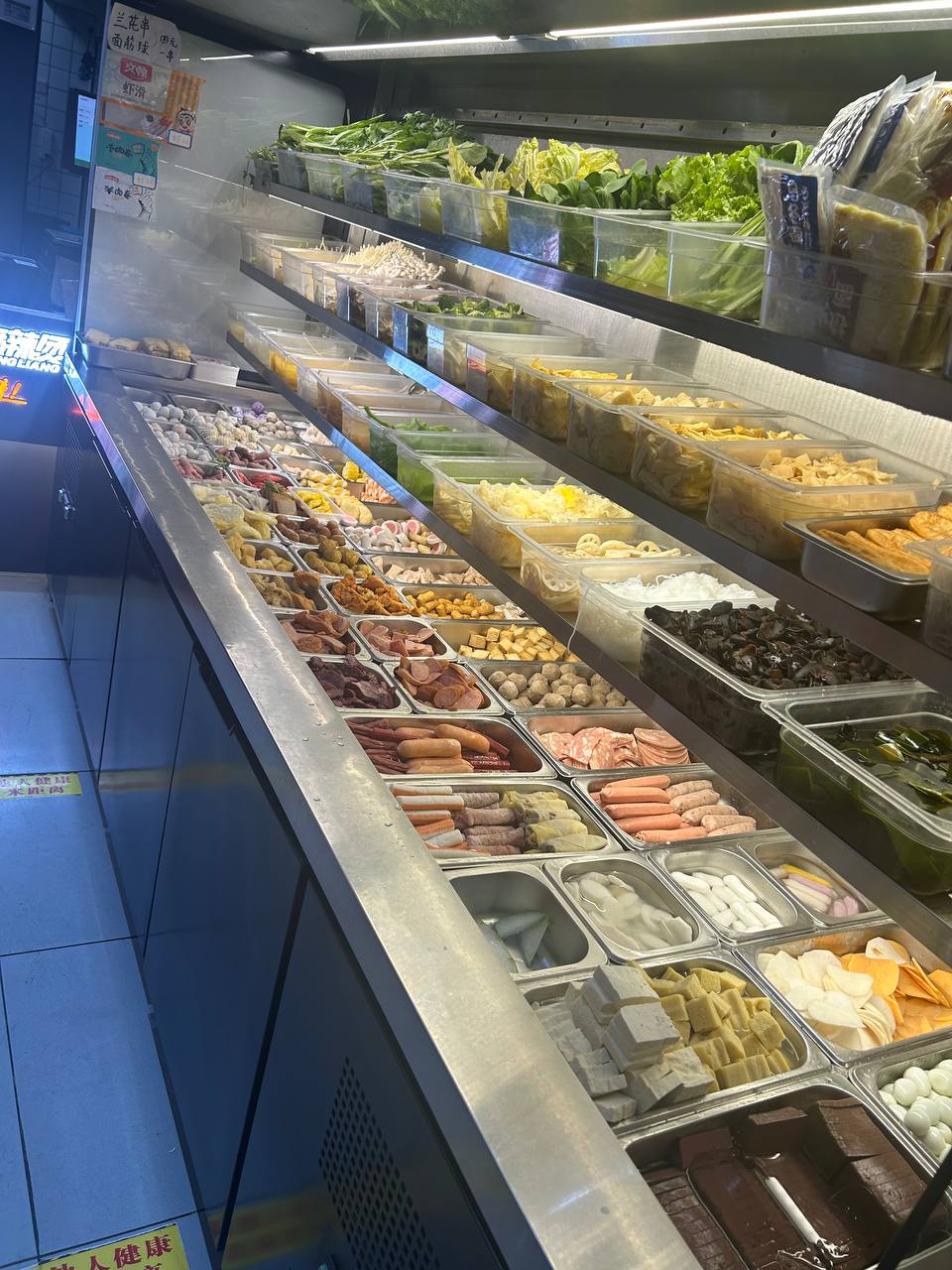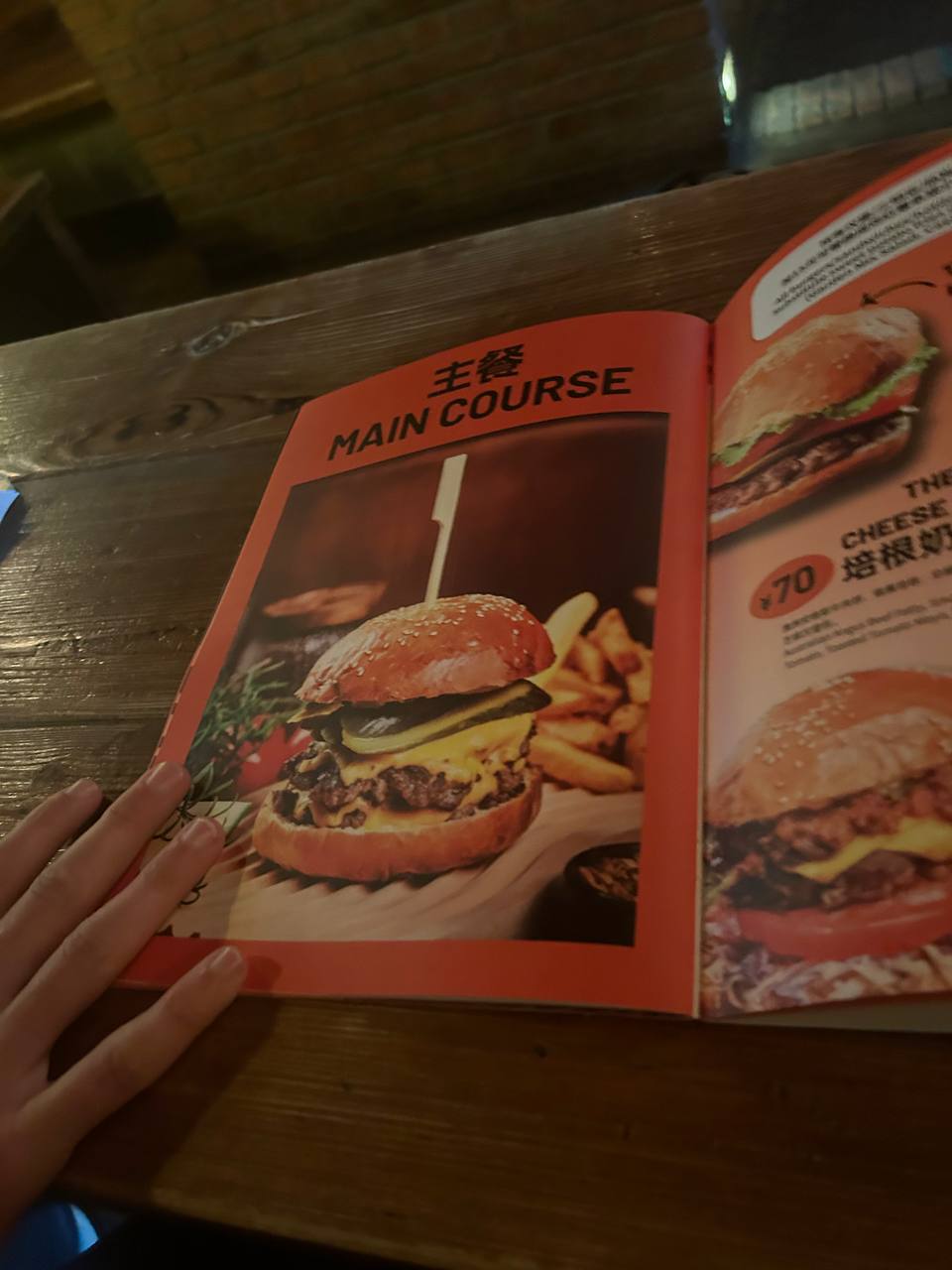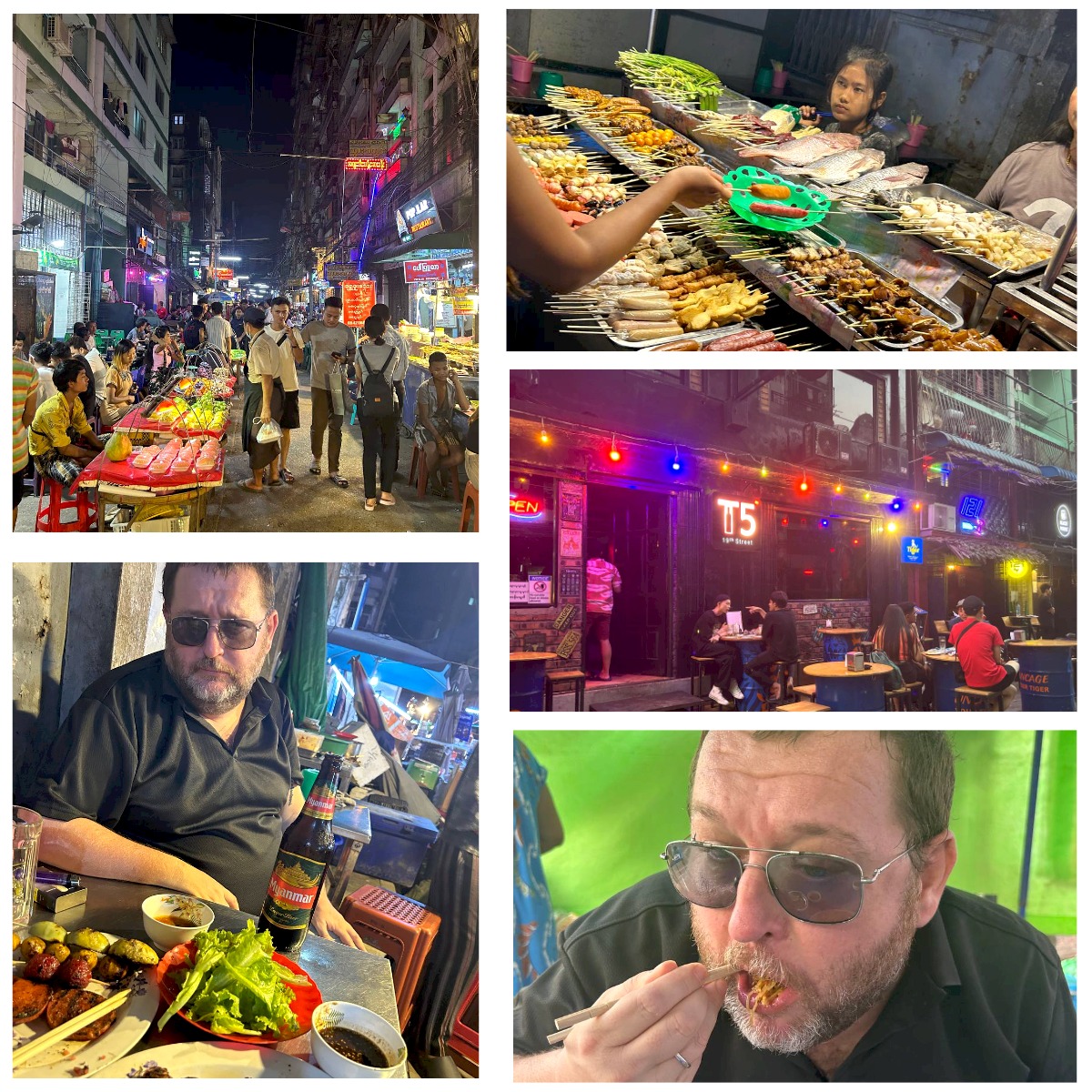
Hotels of Dandong – Dandong Railway Hotel
With Dandong being one of the cities I have both lived and spent a lot of time, I have stayed in a lot of hotels. My favorite among them though, is by far Dandong Railway Hotel, or as we know it Dante. Sadly it has been four years since I have either been able to…





























































































































































